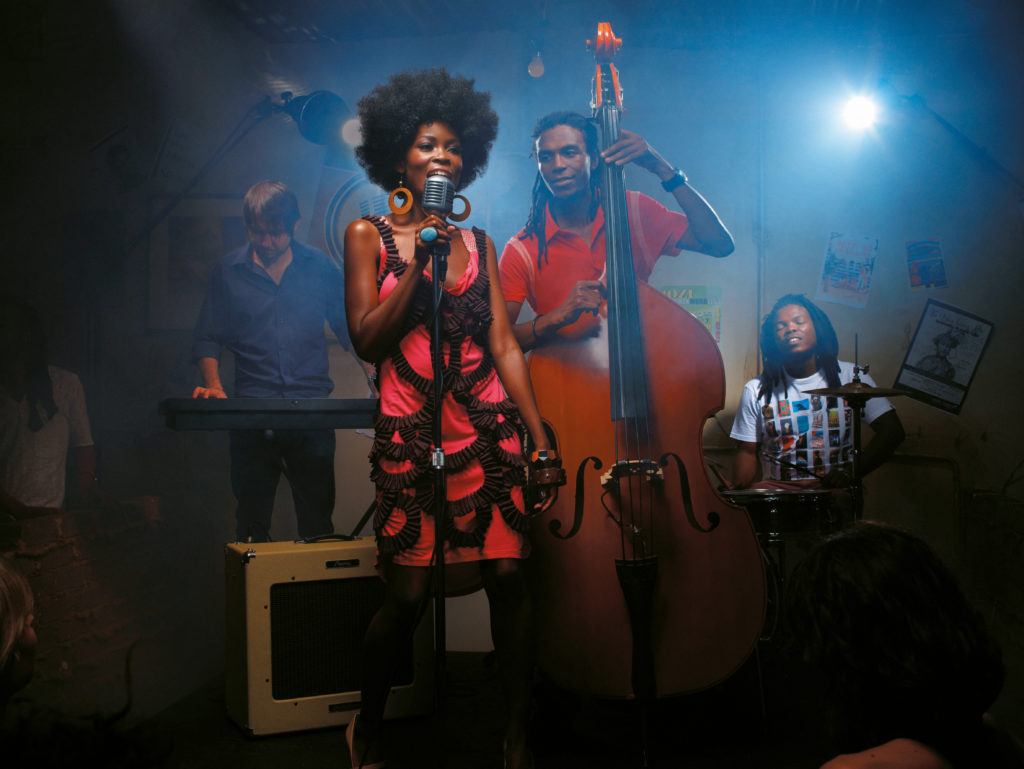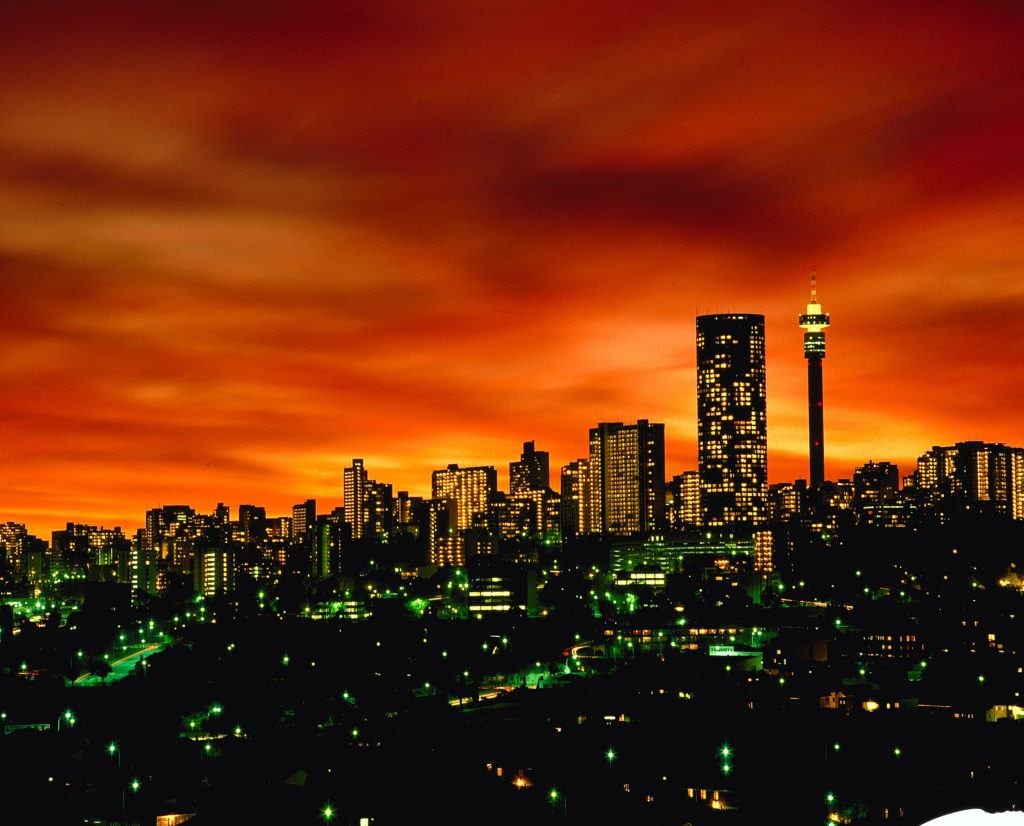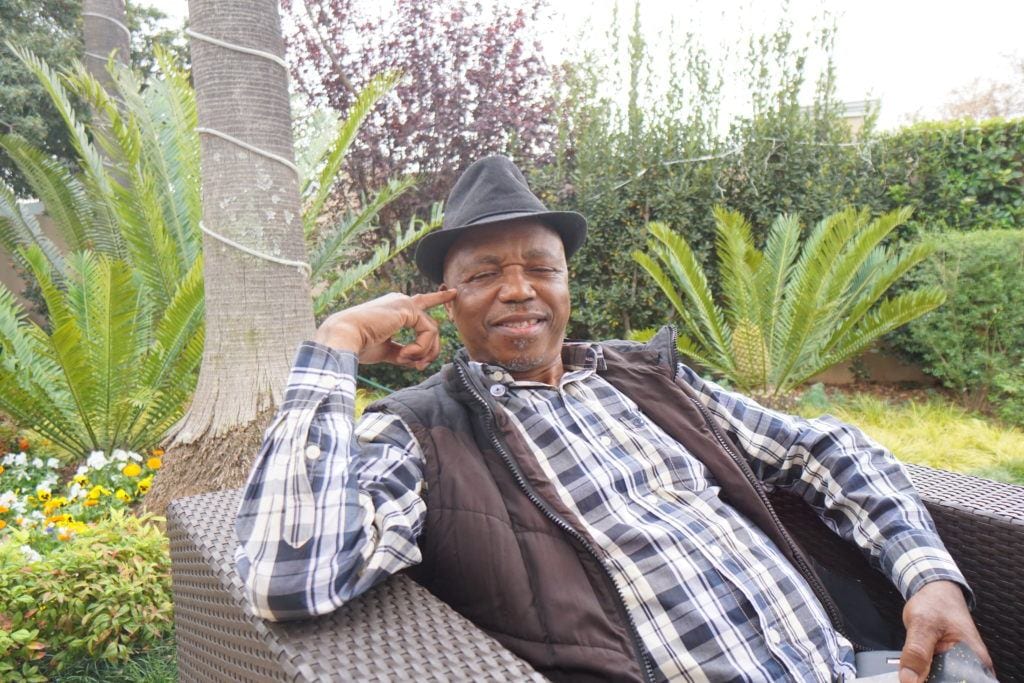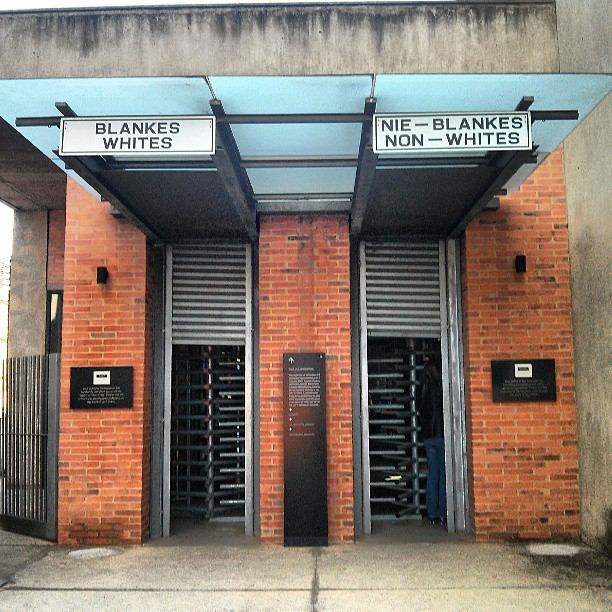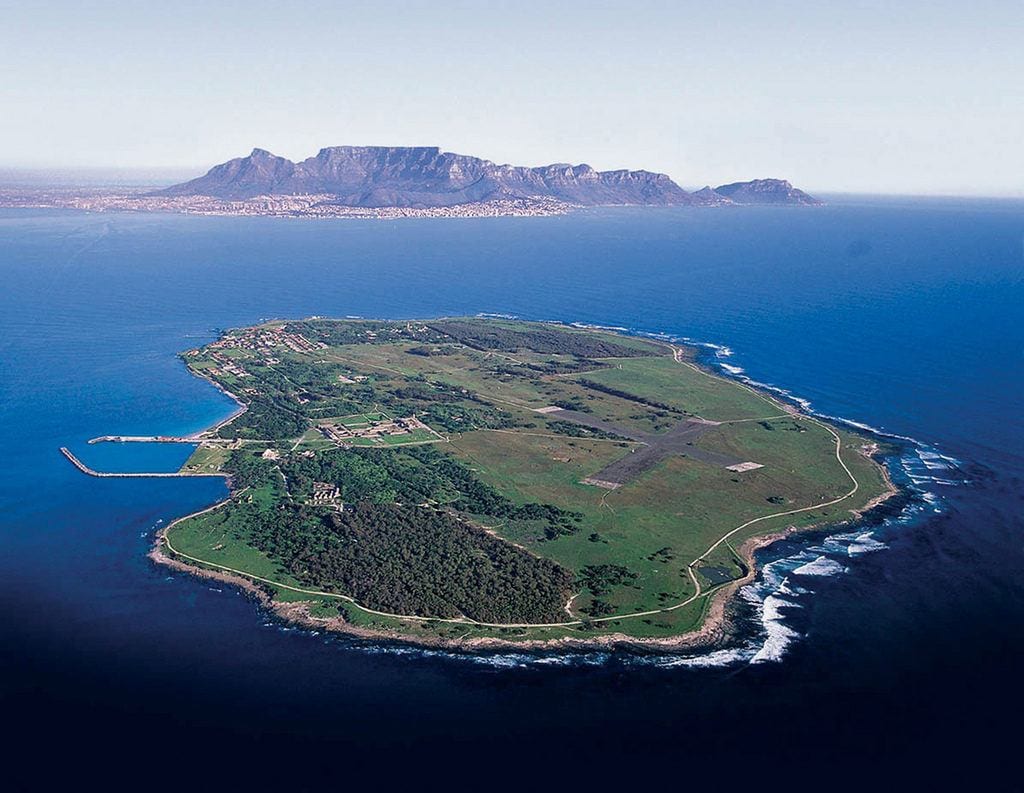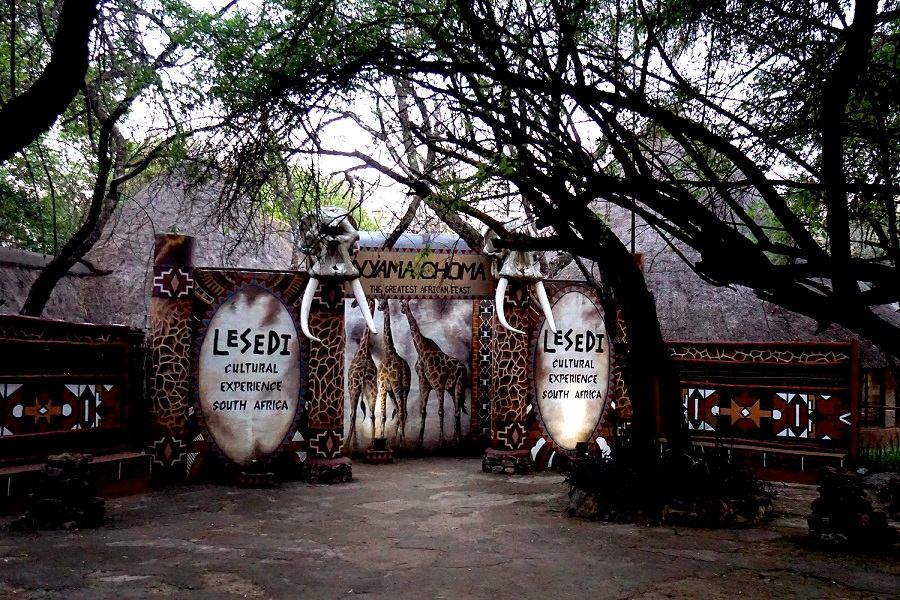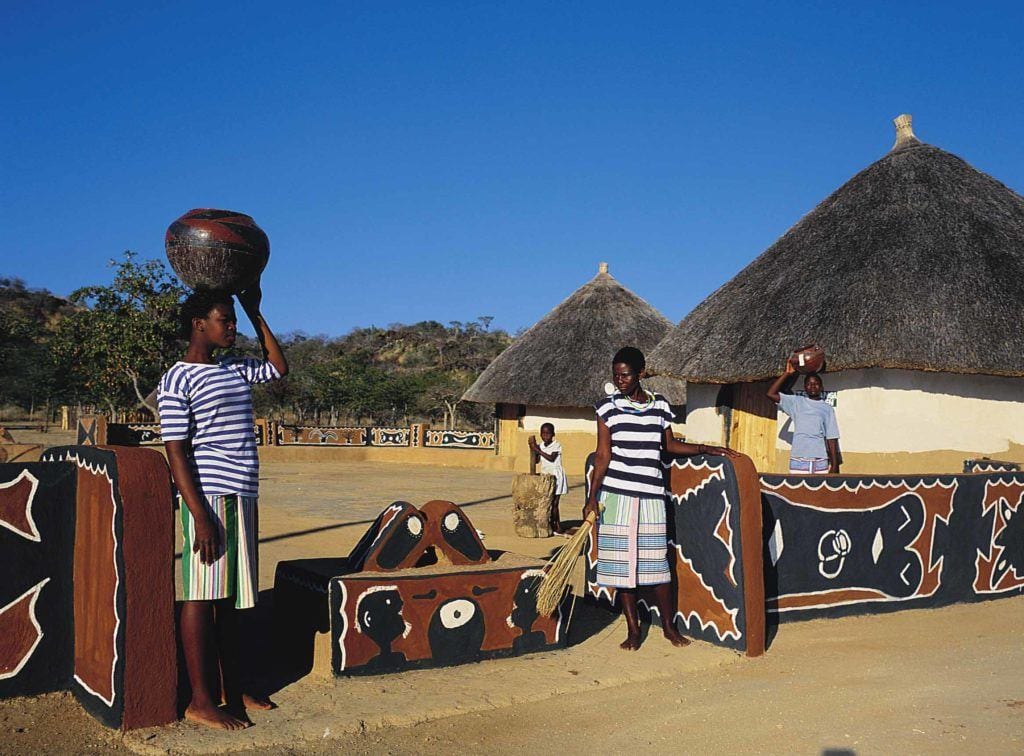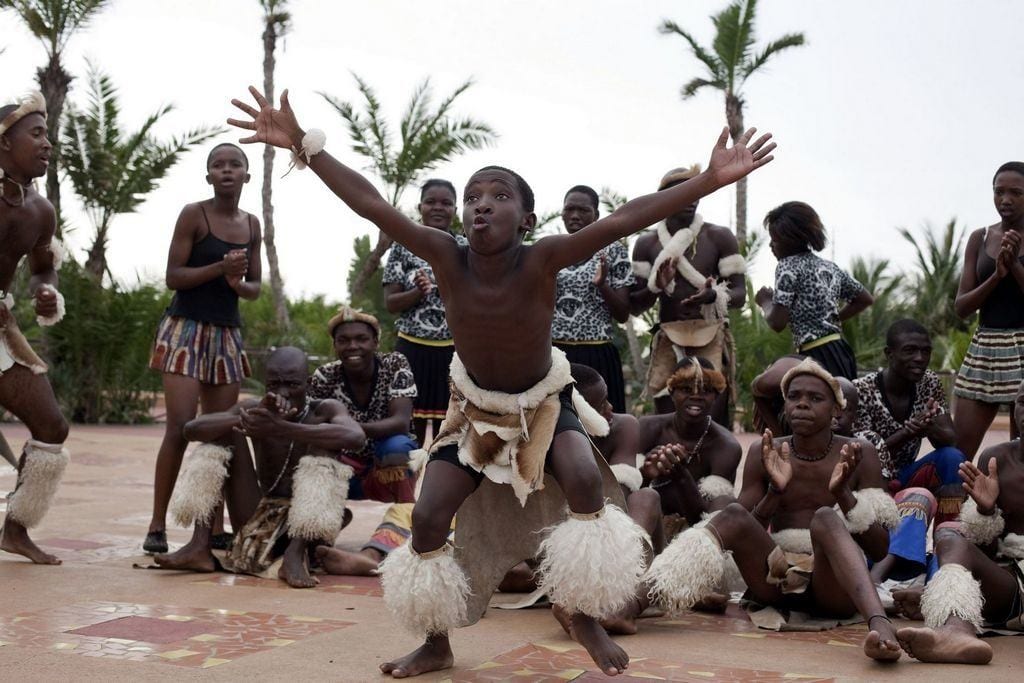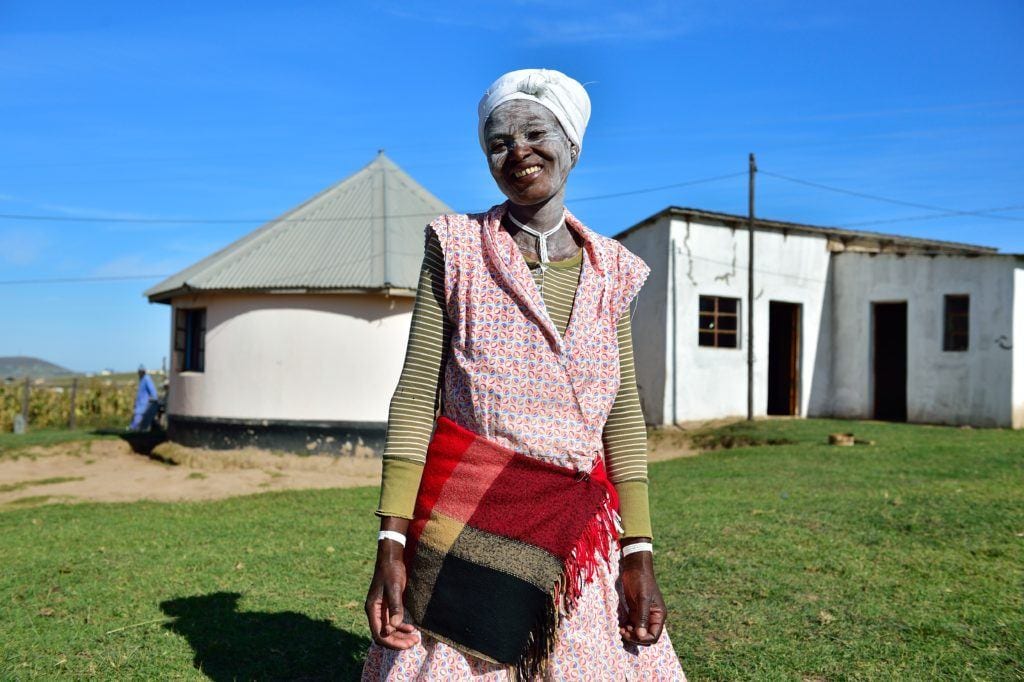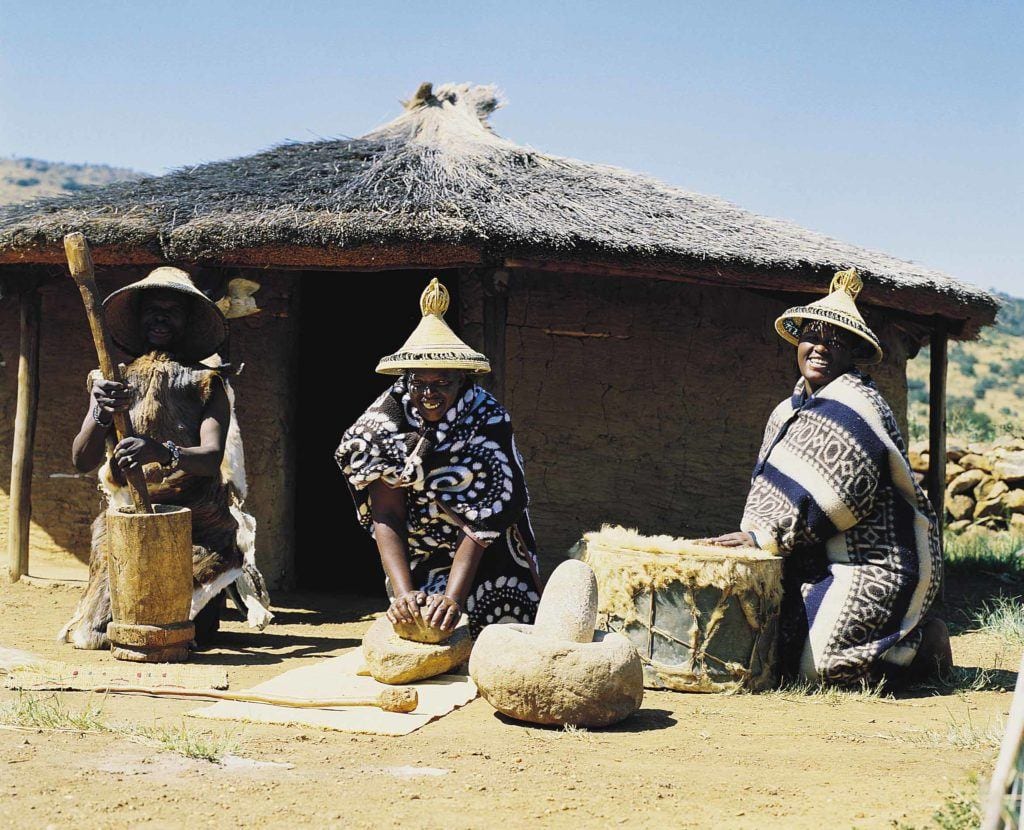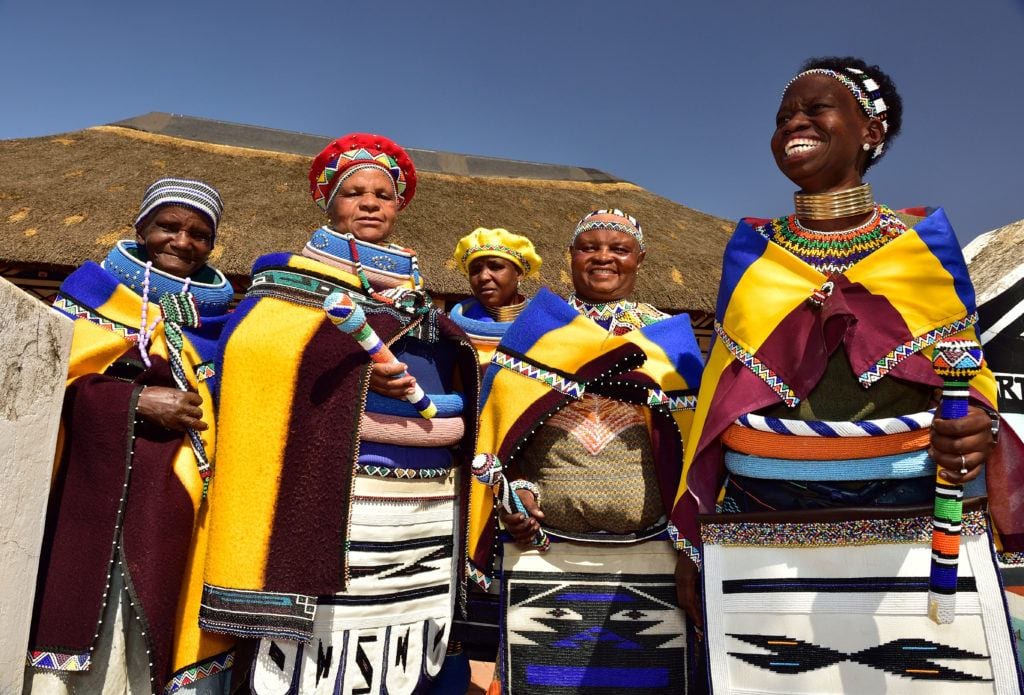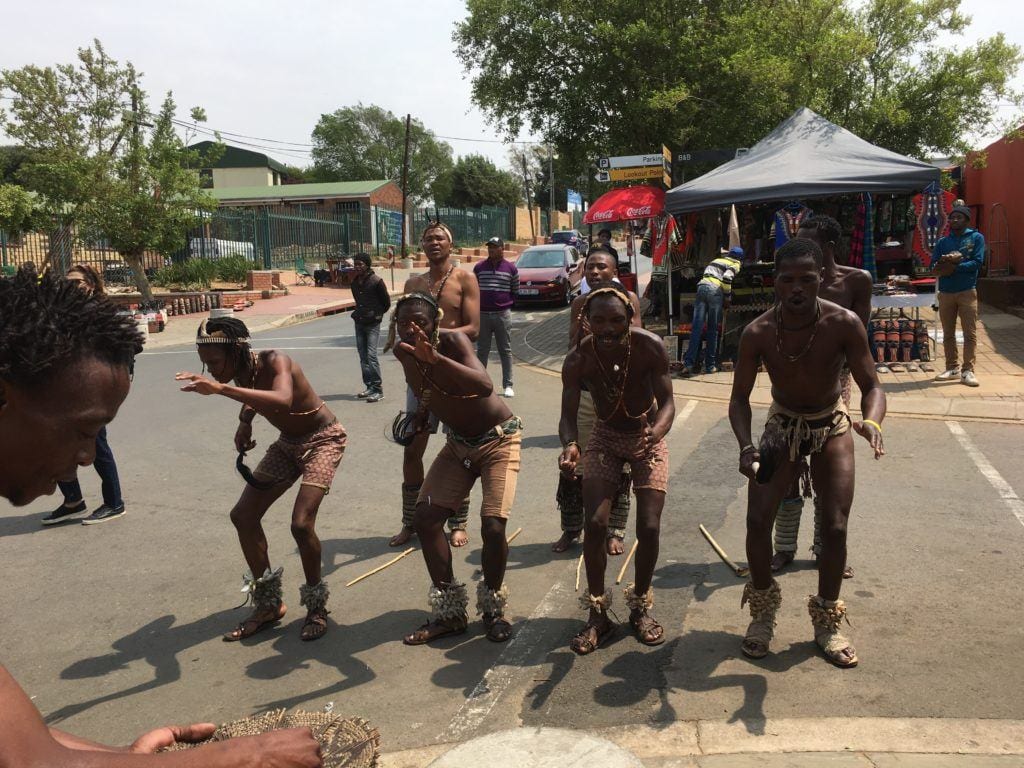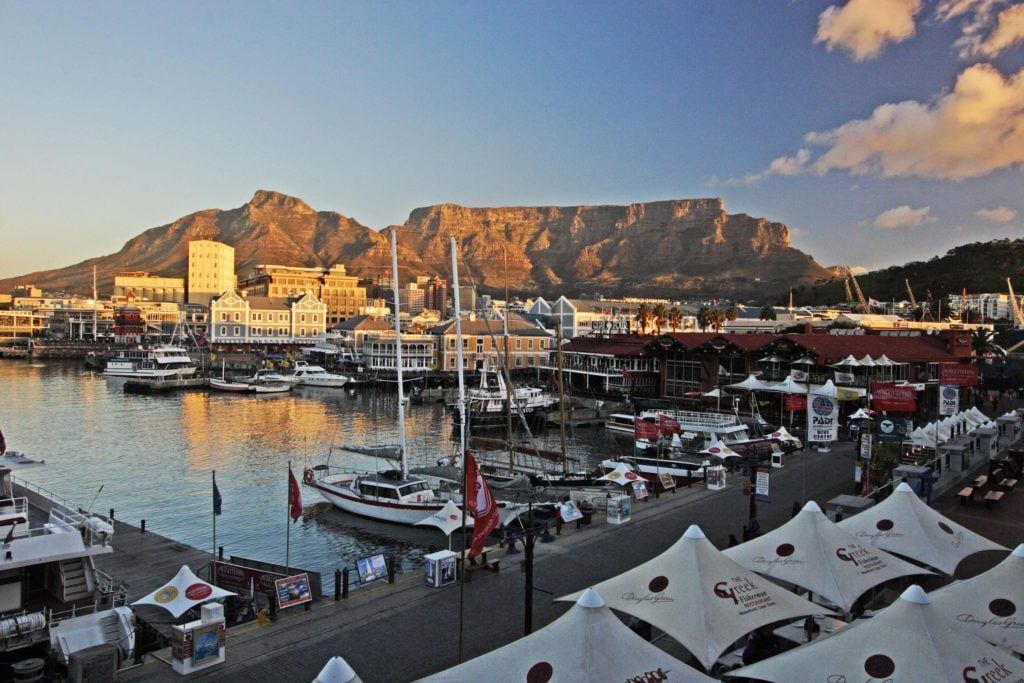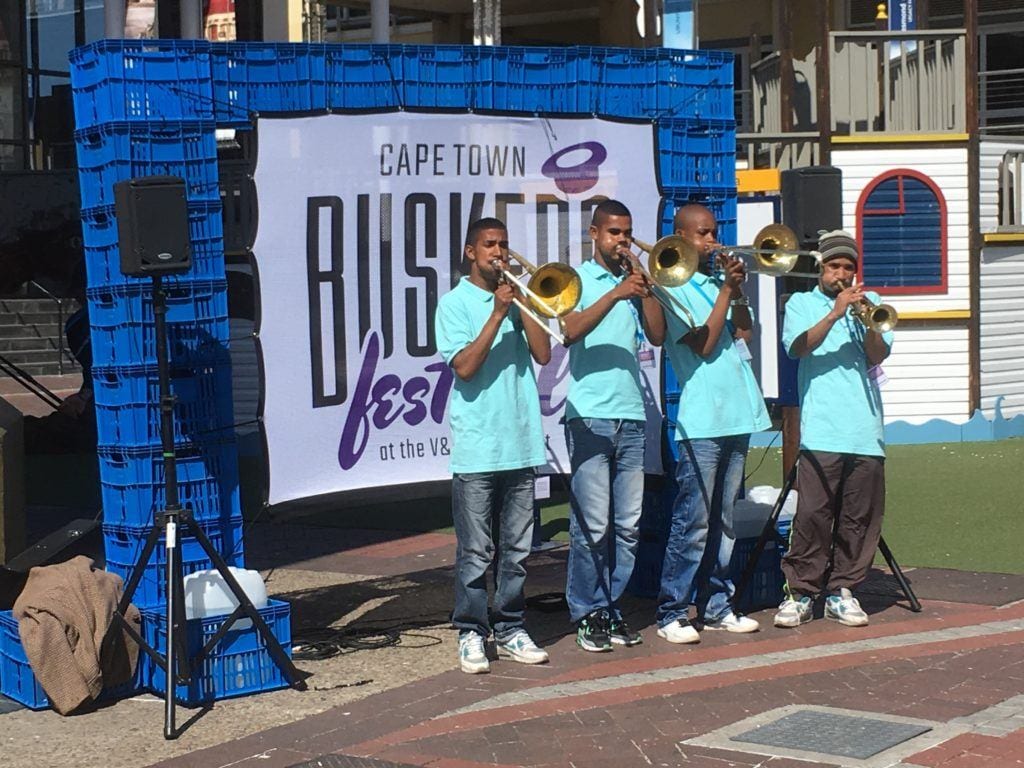Travel Tips
Where History & Cultures Blend: South Africa’s Eclectic Music Scene
While it may not be the first thing that comes to mind when you think of South Africa, jazz and music are a large part of the country’s culture. Contributing writer Angela Fairhurst recently visited and discovered how different tribal, cultural, and historic events have influenced the growing music scene in South Africa.
With its history, beauty, and soul, South Africa was the number one country on my bucket list. It has been said that music is the soundtrack of our lives, so what better way to get to know a country than by its music? When WBGO, New York’s jazz station, and South Africa Tourism put together a 50-person trip melding the music, history, and culture of the country, I decided to join the experience.
Johannesburg—nicknamed JoBurg—is South Africa’s largest and wealthiest city. It’s a booming, happening city and the emphasis is on making money—whether in business or on the streets.
Religion, spirituality, and tradition play an integral part of everyday South African life. Music is present everywhere. It’s there during times of celebrations or sorrow, but also at the store, at work, or on the walk back home; there is always someone humming.
The 20th Annual Joy of Jazz festival kicked off the trip at the Sandton Convention Centre, an area with sprawling malls and multiple hotels. In South Africa, jazz is an appreciated and popular form of music. Popular South African artists such as Abdullah Ibrahim, Hugh Masekela, and Bhudaza Mapefane were on the roster with Benjamin Jephta and Afro-soul singer Maleh. I was able to meet with traditional jazz musicians from the U.S., such as Branford Marsalis, The Clayton Brothers, and David Murray with The Power Trio and talk about the South African music scene.
If you’re visiting South Africa, it’s important to pay homage to the country’s turbulent past. Must-see museums in JoBurg include the former prison Constitution Hill, The Apartheid Museum, and the farm Liliesleaf where the African National Congress had its headquarters in the 1960s.
You also won’t want to miss Nelson Mandela’s former residence from 1946 to 1962, The Mandela House, located in Soweto—where more than 50 percent of the black population of JoBurg lives. Visiting Robben Island in Cape Town, and seeing the prison cell Mandela lived in for 27 years, was eye-opening. All of these destinations deepened my understanding of apartheid and paid tribute to the country’s freedom.
In apartheid South Africa, all music had to pass the censors. Many musicians were forced to make a living in Europe and the United States. Prior to the advent of democracy in the early 1990s, the government attempted to classify and separate all citizens in the name of cultural purity. Black South Africans were divided and defined according to ethnic groups and many were forced to live in homesteads.
Reggae became the most popular music genre during the late struggle for equality. Bob Marley was one of the biggest inspirations in the struggle for freedom and justice. His anthemic songs were smuggled in on cassette tapes to thousands, if not millions, of eager young people.
Bontle Modiselle, a South African TV personality, choreographer, and actress enlightened me about Kwaito, a form of music that started in the 1990s with a distinctive style much like Hip Hop in which the lyrics are sung, rapped, and shouted. I also learned about Gqom, a house music style that has a strong presence among the youth from Durban, featuring minimalistic and dark beats originating from combinations of click consonants found in the Zulu language.
The Lesedi Cultural Village, less than an hour northwest of Johannesburg, gave a sample of five different cultures of South Africa. The tourist attraction celebrates the music, dancing styles, and traditional dwellings of the Pedi, Zulu, Xhosa, Basotho, and Ndebele peoples, with dance performances, a traditional African buffet, and a chance to spend the night in one of the homestead’s luxury huts.
PEDI MUSIC has a six-note scale, played on a plucked reed instrument, and transformed into a migrant style, accompanied by an ensemble of drums. The male version plays aluminum pipes that produce a descending melody with richly harmonized qualities, while the female version consists of artists singing songs in which individuals improvise on previous lyrics.
ZULU MUSIC is probably the most well known style of South African music worldwide, made most famous by Paul Simon’s use of the Durban-based group, Ladysmith Black Mambazo. Traditional Zulu dancing is an important part of the Zulu culture and is accompanied by vibrant singing and the beating of drums. Unmarried young women and men dance in separate groups while the married women call out in a quavering shrill. The young men clap and play the drums while the women dance and vice versa.
In the 1970s and ’80s, Johnny Clegg and a Zulu named Sipho Mchunu produced a blend of rock and Zulu folk music. Johnny was born in England and raised in South Africa during the heart of apartheid. Because he was a young white Jewish boy, Clegg flew under the apartheid radar. At 15, curiosity and a genuine love for Zulu warrior dances led him to walk into migrant worker hostels among 2,000 men and learn the music forms that inspired him to form the duo Juluka. These days, Clegg is in remission from pancreatic cancer and just wrapped his final U.S. concert tour.
XHOSA MUSIC has long been a major part of the music of South Africa, especially in the field of jazz. Xhosa traditional music places a strong emphasis on group singing and handclapping as an accompaniment to dance along with rattles, whistles, flutes, mouth harps, and stringed instruments. Missionaries introduced the Xhosa to Western choral singing; the most successful of the Xhosa hymns is the South African national anthem, “God Bless Africa.”
LESOTHO is a separate country completely surrounded by South Africa, with little influence from the west. South African musicians have a large following in Lesotho, with various sub-Saharan Afro-Pop styles, jazz, kwaito, and reggae frequently heard on the radio. Additionally, there is a tremendous following for famo, a contemporary Lesotho music form featuring the accordion and oil can drum.
The BASOTHO culture, the largest ethnic group in the Lesotho Kingdom, has many styles and sub-genres that differ from one territory to the next. Basotho music can be described as call and response; when instruments are used they aim to complement, or substitute for, the voice.
The traditional music of the NDEBELE is characterized mainly by the widespread use of choral song accompanied by leg rattles, clappers, and clapping of hands. The Ndebele also use mouth bows and gourd-bows, played mostly for self-amusement.
Outside of the village and homesteads, busking remains a popular source of income primarily for Black entertainers. On our visit to the Mandela House in Soweto, there were groups singing and dancing in the streets for tips.
Cape Town is a port city on South Africa’s southwest coast, on a peninsula beneath the imposing Table Mountain. The city celebrates its rich street music tradition by holding an annual Cape Town Buskers Festival at the V&A Waterfront. The two-day festival had 23 performers entertaining all around the active waterfront near the new Silo Hotel, the standout contemporary Zeist Museum, and the Robben Island Ferry terminal.
South African gospel and American gospel music share many things in common.
Every style of music tells a story of culture, tradition, and history.
Quincy Jones once said that if you want rhythm, you go to West Africa. If you want voices, you go to South Africa. Whatever the case, music has ways of bringing people and communities together.
To learn more about travel destinations on the African continent and learning about other cultures, check out:
- Unique & Historic Hotels Inside the Red City of Marrakesh
- Hidden Gems of Ras Al Khaimah
- Family-Friendly Travel Destination: Lima, Peru
By Angela Fairhurst for PeterGreenberg.com










